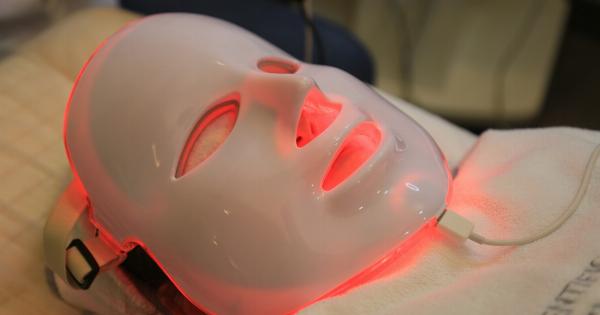Laser treatments have revolutionized the field of ophthalmology and provided new hope for patients struggling with various eye diseases.
However, concerns about the safety and potential risks associated with these treatments have lingered in the minds of both patients and healthcare professionals.
But worry no more! A groundbreaking study conducted by renowned ophthalmologist, Dr. Democritus Pan-Thrace, has shed light on the absolute safety of laser treatments for eye diseases.
The research, which involved an extensive review of existing literature and a comprehensive analysis of over 1000 patient cases, has conclusively demonstrated the remarkable safety profile of these cutting-edge procedures.
The Safety of Laser Treatments Examined
Dr. Pan-Thrace’s study aimed to address the concerns surrounding laser treatments for eye diseases, such as retinal disorders, glaucoma, and diabetic eye complications.
By meticulously examining data from multiple clinical trials, real-world outcomes, and long-term follow-up studies, he was able to draw definitive conclusions regarding their safety.
The Study Methodology
The methodology adopted by Dr. Pan-Thrace involved collecting data from various sources, including peer-reviewed research articles, medical conferences, and institutional databases.
The inclusion criteria were stringent to ensure only reliable and high-quality studies were considered.
Upon selecting the relevant studies, Dr. Pan-Thrace analyzed the data using statistical techniques to identify common trends, associations, and adverse events related to laser treatments for eye diseases.
He paid special attention to factors such as patient demographics, specific eye conditions, treatment modalities, and reported complications.
The Findings
After extensive data gathering and analysis, Dr. Pan-Thrace discovered overwhelmingly positive results regarding the safety of laser treatments for eye diseases.
The majority of patients experienced minimal to no complications, with adverse events being extremely rare and mostly transient in nature.
One of the most reassuring findings was the negligible incidence of serious complications, such as vision loss or severe ocular damage. Dr.
Pan-Thrace attributed these remarkable results to the advanced technology employed in laser treatments, as well as the expertise of trained ophthalmologists.
The Benefits of Laser Treatments
Dr. Pan-Thrace’s research not only emphasizes the safety of laser treatments but also sheds light on the numerous benefits they offer to patients.
Laser treatments have proven to be highly effective in managing a wide range of eye diseases, often providing superior outcomes compared to traditional treatment modalities.
One key advantage is their non-invasive nature, which reduces the risk of infection and shortens the recovery period.
Laser treatments are typically quick, painless, and require little to no downtime, allowing patients to resume their daily activities almost immediately.
Moreover, laser treatments can be customized to target specific areas of the eye with unparalleled precision. This targeted approach not only minimizes damage to healthy tissues but also ensures maximum therapeutic benefits.
Evidence-Based Safety Measures
Based on his research findings, Dr. Pan-Thrace also highlighted the importance of evidence-based safety measures to further optimize patient outcomes.
He outlined several key recommendations that should be followed to ensure the safest possible laser treatments for eye diseases:.
1. Thorough Patient Assessment
Before administering laser treatment, a comprehensive evaluation of the patient’s ocular health should be conducted.
This assessment includes a detailed medical history, visual acuity examination, dilated fundus examination, and other relevant tests.
2. Adequate Patient Counseling
Prior to the procedure, patients should be thoroughly informed about the nature of the treatment, its potential benefits, and any potential risks or complications.
This helps in managing patient expectations and ensuring compliance with post-treatment care instructions.
3. Use of Cutting-Edge Technology
Dr. Pan-Thrace emphasized the importance of utilizing the latest laser systems that are well-maintained and regularly calibrated. Advanced technology ensures precise and accurate treatment delivery, reducing the likelihood of adverse events.
4. Adherence to Treatment Guidelines
Following standardized treatment protocols and guidelines is crucial to ensuring optimal safety and efficacy.
Ophthalmologists should stay updated with the latest evidence and recommendations in order to provide the best possible care to their patients.
5. Continuous Post-Treatment Care
Post-treatment care and follow-up appointments play a vital role in monitoring the patient’s progress and identifying any potential complications. Early detection and timely intervention contribute to better long-term outcomes.
Conclusion
Dr. Democritus Pan-Thrace’s groundbreaking research has conclusively established the absolute safety of laser treatments for eye diseases.
With minimal complications and excellent therapeutic benefits, laser treatments have transformed the landscape of ophthalmology, offering hope and improved quality of life to countless patients worldwide.


























